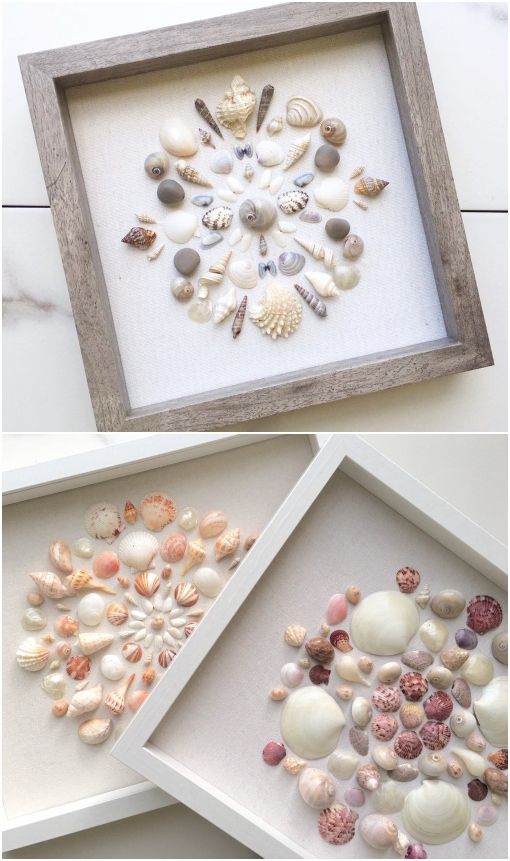
For making things more flexible, stretchy bindoffs are great. They can be used as a way to reduce the size and increase the stretch. There are two ways to make stretchy bindings. You have two choices: the decrease bindoff, or the sewn one. Both offer great stretch and recovery.
Sewn bind off
Sewn Bind Offs are an excellent way to finish sweater edges and toe up socks. They are simple to make and have a flexible edge. This is a great method for projects that require a little more stretch. This technique is best used for projects that require extra stretch.
You can create a sewn bound off by using a hook with the opposing thread to your yarn. The hook should be large enough for the bind off.

Elastic bind off
Elastic Bind Offs are a versatile way to finish knitting projects. The elastic bind offs combine the traditional bind off with yarn wrap to make a very stretchy finish. The best thing about this binding is that it does not require sewing, making it easier to use over long pieces of fabric. You can also prevent your stitches from tightening up after finishing knitting due to the added elasticity. These are particularly useful for knitting socks and hats with toes.
Elastic bindoffs are a great choice for edge binding in knitting projects that have extra stretch, such as ribbing. They can also be used to make necklines and sleeves.
Lower the bind off
There are several methods to reduce stretchy binders. You have two options: increase your needle size or use a purl based bindoff from the wrong end. The purl based bindoff can also be used in a way that looks similar to a chain. It is an efficient way to create a decorative line.
The stretchy binding-off is the same as a regular one, but can be a little more difficult. The main difference is that two stitches are knit together, instead of one. This gives the knitter two stitches. Although it can be challenging to use, the end result is beautiful.

Jeny's Extremely Stretchy Bind Off
Jeny’s bind off is very stretchy. It is knitted in knitwise. The yarn overs can be used in both clockwise or counterclockwise directions. This bindoff uses more yarn overs than standard bindoffs to create the stretchy edge.
This bind off matches the style of Jeny's Super-Stretchy Cast On and is particularly effective on ribbed edges. Low Vision users will be able to see the bind off below the images. The PDF version doesn't include the text.
FAQ
How much does a hobby cost you?
It costs nothing to start a hobby. If you're serious about your hobby, it can take you years to get what you want.
But there is one thing you can do to help yourself. It's called "passion". If you have passion about something, it will make it easier for you to work hard.
After you've put in hours, you might become addicted. This is where the real joy begins. Because you now enjoy what you do and are improving your skills every day. So by the end of the year, you will probably have made quite an improvement.
Do not worry about the time it takes. Give it a shot. You might just surprise yourself!
What are some hobbies that you like?
Hobby Ideas for people who love to learn and teach others.
Hobbies allow you to enjoy what you love while also learning new things.
While there are many types of hobbies available, most share the same characteristics. These are fun, easy activities that cost little and don't take too much effort.
These include working with others to teach someone how to use an instrument or build an airplane.
Even though you might not think of yourself to be a teacher or a tutor, chances are there are things you can do that could help someone else.
If you're looking for more creativity in your life, think about starting a hobby so you can share your talents with others.
What are collection hobbies?
The most popular collections are books, movies, music, comics, video games, sports equipment, toys, etc.
Collect stamps, coins, cars, dolls and action figures as well as art supplies, tools, jewelry, watches, gadgets and furniture.
You get it?
How do I get started with my new hobby?
To start a new hobby, you must first decide what type of activity you would like to do.
Once you have decided on your subject, passion is the key.
It is important to know the reason you want to begin a hobby. It will provide you with direction and purpose.
After you have decided on the type of hobby you want to pursue, it's time to start planning.
Think about what equipment you'll need to purchase.
Consider whether you are required to attend classes and seminars.
Make sure that you have enough space in your home for your hobby.
You might also consider joining a club. These groups can offer support and guidance.
The last thing you should do is think about how much money it would cost to pursue your hobby.
Statistics
- 37% Video Games 36% Travel 36% Health and Fitness (quizexpo.com)
- The Role of the Mind in Sex, Dating, and Love: Men in the “humor” condition received phone numbers from 42.9% of the female participants and were refused 57.1% of the time. (time.com)
- Studies show that just six minutes of reading can reduce stress levels by 60 percent. (oberlo.com)
- A new survey by Pew Research Center of teens ages 13 to 17 finds that 36% of girls feel tense or nervous about their day every day; 23% of boys say the same. (pewresearch.org)
- Almost 80% of people claim to have no hobby. (hobbylark.com)
External Links
How To
How to Start Gardening
Gardening is one form of agriculture that dates back to the beginning. You need patience, perseverance, and determination. First, choose a place where you would like to grow food. You can choose to have a large area or a small one in your backyard. Next, decide what type of plants you want to grow. Do you prefer vegetables, or flowers? Some people like to grow herbs and others enjoy raising livestock, such as rabbits. Before you decide which crops you will plant, consider the amount of space you have. If you live in a climate that experiences cold winters, then you might decide to grow fruits or berries as they do well in colder climates.
Once you have made your choice, it is time to prepare the soil. Your plants' success or failure will depend on the soil they are placed in. High quality soil is rich in organic matter, which feeds your plants' roots. Organic matter includes things like leaves, twigs, grass clippings, manure, and compost. Once your soil is prepared, it's time to add nutrients. The type of plant you intend to grow will dictate the amount of nutrients you need. An online fertilizer calculator can help you calculate these values. Many fertilizers are available, so make sure you know what you are buying.
Now you need to wait for the seeds to germinate. The process typically takes 2 to 3 weeks depending on the weather conditions and temperature in your area. Once your seeds have sprouted, you need to water them regularly. Too much or too little water can cause problems. You should ensure that your plants get enough water at regular intervals. Avoid overwatering. Overwatering your plants can lead to root disease and fungal infections. When watering your plants, remember that most plants require less water during the warm summer months than in winter. You should also remember that some plants will need to dry out once they have been watered. For example, tomatoes need to stay slightly moist but not wet. They are not happy to be in soggy soil. After the flowers have stopped, they must go into dormancy. The time when plants stop producing new life and store energy for the next season is called dormancy. The plant ceases sending signals to its roots to produce food during dormancy. Throughout this time, plants can store energy. However, the plant will die if temperatures drop below freezing or there is insufficient sunlight.
Urban environments may limit the variety of plants you can grow. Concrete sidewalks, roads, buildings and parking lots are all common in urban areas. These blocks block sunlight from reaching ground level. Concrete absorbs light which blocks sunlight from reaching the ground below. Because of this lack of sunlight, many plants cannot survive in cities. Many plants can still thrive in urban settings. Many perennials, trees, and shrubs are able to adapt to urban living. Many annuals can be grown indoors, too, in containers. Container gardens can be used to grow greenery indoors year-round, no matter what the weather outside.
Now that you have decided where to place your garden, chosen what you will grow, and prepared your soil, you are ready to plant!